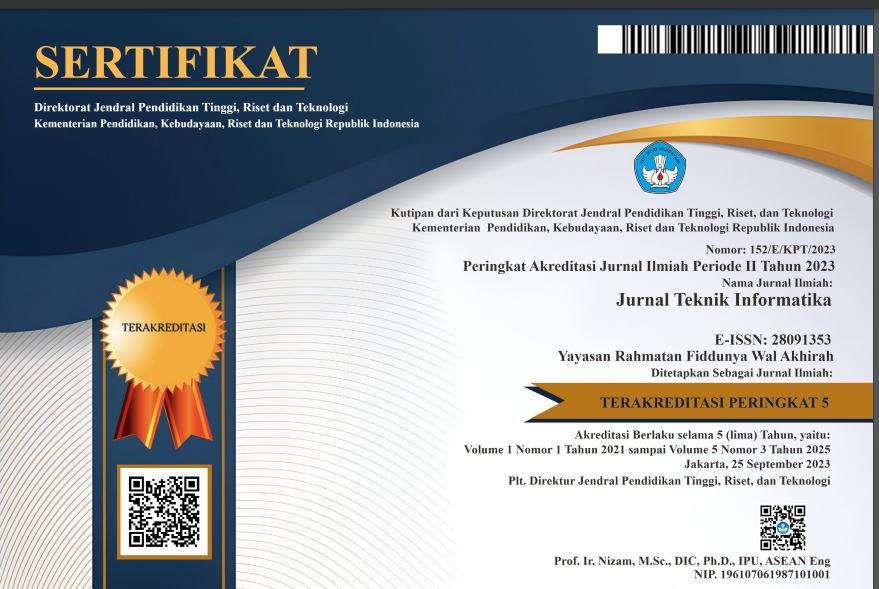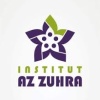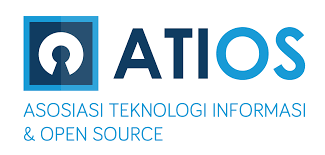Penerapan Metode ELECTRE Untuk Menentukan Kualitas Pada Biji Kopi Arabika
DOI:
https://doi.org/10.58794/jekin.v4i3.719Keywords:
Quality, Coffee, Arabica, DSS, ELECTREAbstract
Penelitian ini bertujuan untuk merangking kualitas salah satu jenis kopi yaitu kopi Arabika. Biji kopi arabika merupakan salah satu jenis utama kopi yang berkembang di Indonesia dengan menerapkan salah satu metode yang digunakan dalam Sistem Pendukung Keputusan (SPK) yaitu metode Elimination Et Choix Traduisant la Réalité (ELECTRE). Metode ELECTRE merupakan metode pengambilan keputusan untuk menyelesaikam masalah penentuan pilihan yang bersifat multi objective diantara beberapa kriteria, sehingga menghasilkan suatu analisa yang efektif dan efisien. Kriteria-kriteria input yang menjadi prioritas dalam penentuan kualitas kopi arabika yang relevan yaitu aroma, rasa, keasaman, body, keseragaman, keseimbangan, clean cup, rasa manis dan cupper point. Dengan menggunakan metode ini, pengevalusian kualitas kopi Arabika dapat dilakukan secara sistematis dan dapat menghasilkan informasi yang lebih akurat dan konsisten.
Downloads
References
N. A. Wibowo, F. Djufry, Syafaruddin, T. Iflah, and Dani, “The Quality of Arabica Coffee Beans Evaluation at Various Processing in Luwu Regency South Sulawesi, Indonesia,” IOP Conf. Ser. Earth Environ. Sci., vol. 1038, no. 1, 2022, doi: 10.1088/1755-1315/1038/1/012068.
A. Luna González, A. Macías Lopez, O. R. Taboada Gaytán, and V. Morales Ramos, “Cup quality attributes of Catimors as affected by size and shape of coffee bean (Coffea arabica L.),” Int. J. Food Prop., vol. 22, no. 1, pp. 758–767, 2019, doi: 10.1080/10942912.2019.1603997.
A. Mahmud Harahap, E. Sari Siregar, R. Amanda Lubis, and I. Srikumala, “Quality of Coffee (Coffea Sp) in Some Different Geographic Indications,” J. Pertan. Trop., vol. 9, no. 1, pp. 91–97, 2022, doi: 10.32734/jpt.v9i1.
E. B. Tarigan and E. Randriani, “Cupping test of some varieties of Gayo arabica coffee at different altitudes in Central Aceh District Cupping test of some varieties of Gayo arabica coffee at different altitudes in Central Aceh District,” in International Conference on Modern and Sustainable Agriculture (ICOMSA), 2023. doi: 10.1088/1755-1315/1133/1/012002.
K. B. Do Carmo, J. C. B. Do Carmo, M. R. Krause, A. P. Moreli, and P. A. V. Lo Monaco, “Quality of arabic coffee under different processing systems, drying methods and altitudes,” Biosci. J., vol. 36, no. 4, pp. 1116–1125, 2020, doi: 10.14393/BJ-v36n4a2020-47890.
B. Girma, A. Gure, and F. Wedajo, “Influence of Altitude on Caffeine, 5-Caffeoylquinic Acid, and Nicotinic Acid Contents of Arabica Coffee Varieties,” J. Chem., vol. 2020, pp. 1–7, 2020, doi: 10.1155/2020/3904761.
R. I. Miraza Muharram and D. Irwan, “PEMANFAATAN METODE ELECTRE UNTUK MENENTUKAN PRODUK KOPI TERBAIK,” Syntax J. Softw. Eng. Comput. Sci. Inf. Technol. p-ISSN, vol. 4, no. 2, pp. 348–352, 2023.
D. Nugroho and P. Basunanda, “Performance of Biochemical Compounds and Cup Quality of Arabica Coffee as Influenced by Genotype and Growing Altitude,” vol. 36, no. 1, pp. 1–23, 2020.
B. Cheng, H. E. Smyth, A. Furtado, and R. J. Henry, “Slower development of lower canopy beans produces better coffee,” J. Exp. Bot., vol. 71, no. 14, pp. 4201–4214, 2020, doi: 10.1093/jxb/eraa151.
E. Firdissa, A. Mohammed, G. Berecha, and W. Garedew, “Coffee Drying and Processing Method Influence Quality of Arabica Coffee Varieties (Coffee arabica L.) at Gomma I and Limmu Kossa, Southwest Ethiopia,” J. Food Qual., vol. 2022, pp. 1–8, 2022, doi: 10.1155/2022/9184374.
T. M. Langi et al., “the Effect of Arabica and Robusta Coffee Blends on Caffeine Content, Acidity and Organoleptic Properties of Instant Coffee,” J. Agric., vol. 2, no. 02, pp. 183–192, 2023, doi: 10.47709/joa.v2i02.2806.
Y. Abebe, B. Juergen, B. Endashaw, H. Kitessa, and G. Heiner, “The major factors influencing coffee quality in Ethiopia: The case of wild Arabica coffee (Coffea arabica L.) from its natural habitat of southwest and southeast afromontane rainforests,” African J. Plant Sci., vol. 14, no. 6, pp. 213–230, 2020, doi: 10.5897/ajps2020.1976.
R. A. Fadri, K. Sayuti, N. Nazir, and I. Suliansyah, “Sensory Quality Profile of Ranah Minang Arabica Coffee Specialty,” Int. J. Adv. Sci. Eng. Inf. Technol., vol. 11, no. 1, pp. 281–290, 2021, doi: 10.18517/ijaseit.11.1.11179.
W. Merga Sakata, W. Gebreselassie Abtew, and W. Garedew, “Organoleptic Quality Attributes and Their Association with Morphological Traits in Arabica Coffee (Coffea arabica L.) Genotypes,” J. Food Qual., vol. 2022, 2022, doi: 10.1155/2022/2906424.
L. Pan et al., “Comparison of Characterization of Cold Brew and Hot Brew Coffee Prepared at Various Roasting Degrees,” J. Food Process. Preserv., vol. 2023, pp. 1–15, 2023, doi: 10.1155/2023/3175570.
G. R. Putra, I. Komputer, and U. Pakuan, “Penerapan Metode ELECTRE Dalam Penentuan Pemilihan Kartu Smartphone,” vol. 1, pp. 14–24, 2022.
Downloads
Published
Issue
Section
License
Copyright (c) 2024 JEKIN - Jurnal Teknik Informatika

This work is licensed under a Creative Commons Attribution-ShareAlike 4.0 International License.
JEKIN-Journal of Informatics Engineering provides open access to anyone, ensuring that the information and findings in the article are useful to everyone. This journal article's entire contents can be accessed and downloaded for free. In accordance with the Creative Commons Attribution-ShareAlike 4.0 International License.

JEKIN-Journal of Informatics Engineering is licensed under a Creative Commons Attribution-ShareAlike 4.0














